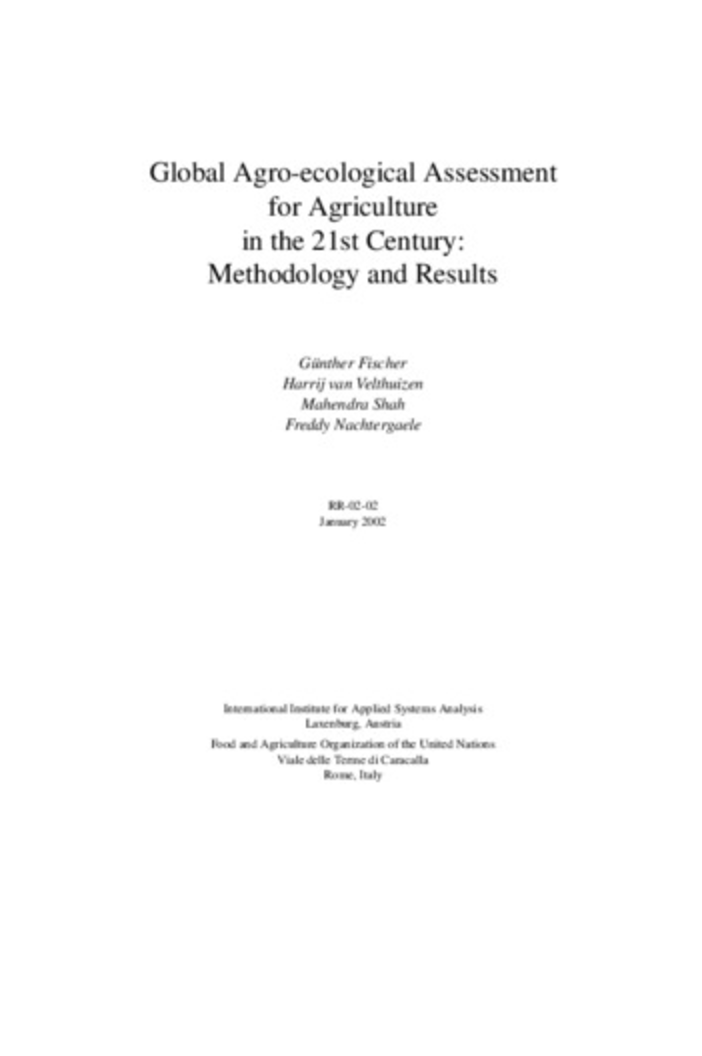Gendered Land Tenure and Water infrastructure in the Chinyanja triangle: The case of Chauluka and Kamwaza villages in Kandeu, Ntcheu, Malawi
According to the Malawi Land Act of 1965, three categories of land tenure exist in the country. These are private, public and customary land. Private land is all land held under a freehold title, a leasehold title or land registered under the Registered Land Act of 1967. Public land is all land occupied by the government while customary land is all land held, occupied or used under customary law (Peters & Kambewa, 2007; Kishindo, 1994:57).







